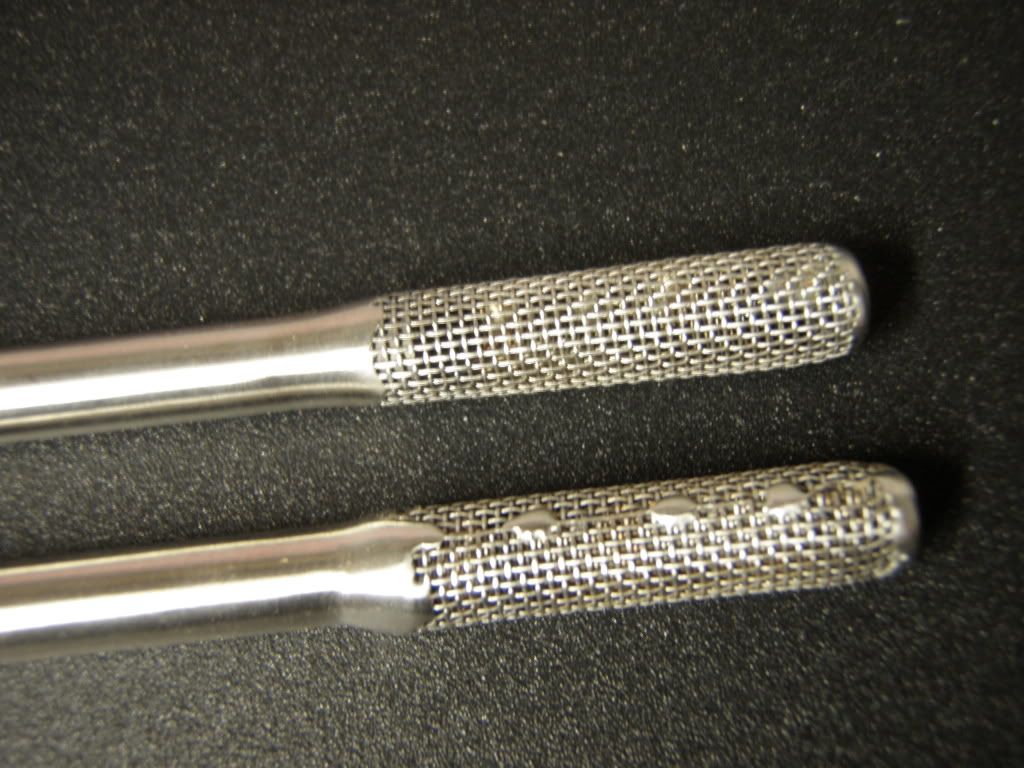GreenMonti
Well-Known Member
- Joined
- Nov 29, 2009
- Messages
- 1,268
- Reaction score
- 67
I try to keep my inbox full, so I dont get PMsWhat is up man?
When you are heating that .5GPM from 50F to 210F you are getting 664 BTUs per minute, so that is 39,840 BTU/hr heat source (equivilent)
664BTUs per minute / 110F temp rise = 6 pounds of water/min
160F output at that BTU rating: .73 GPM at the afore mentioned BTU output (39.8K BTUs)
664BTUs per minute / 120F temp rise = 5.5 pounds of water/min
170F output at that BTU rating: .66 GPM at the afore mentioned BTU output
That is the mathematical result, your results may vary.
Just in reference to me trying to follow you around and answer all your questions. I could just tell you all the info in one shot.
At .5GPM my boiler shutters and puts out 212* water. It is boiling in the boiler at that rate of flow.




